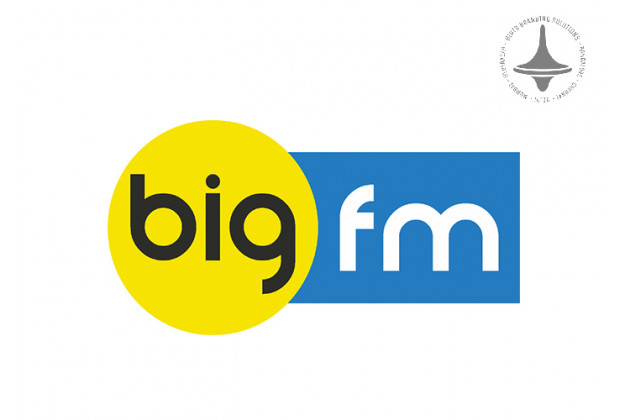Analytics Backed Campaigns | Creativity Measurable | Digitally

In the ever-evolving world of marketing, creativity remains a brand's secret weapon. It's what grabs attention, stirs emotions, and builds loyalty. But in a digital age driven by data, creativity alone is no longer enough. Marketers are now merging imagination with insights—leveraging analytics to make creativity not just impactful, but measurable.
The Shift Towards Data-Driven Creativity
Traditional marketing often relied on intuition and artistic
instincts. While these elements are still essential, today's campaigns demand
more accountability. Brands want to know: Did the campaign work? Which parts
resonated most? What’s the return on investment?
That’s where analytics comes in. By integrating data into
the creative process, marketers can assess performance, refine messaging, and
ensure their efforts align with business objectives.
What Are Analytics-Backed Campaigns?
Analytics-backed campaigns are marketing efforts that are strategically
guided by data insights at every stage—from ideation to execution to
optimization. These campaigns don’t just aim to look good—they are built to
perform.
Key Elements Include:
- Pre-Campaign
Research: Using audience insights, keyword data, and trend analysis to
shape the creative direction.
- Real-Time
Monitoring: Tracking metrics like engagement, CTR (click-through
rate), and conversions as the campaign runs.
- Post-Campaign
Analysis: Evaluating KPIs (Key Performance Indicators) to measure
effectiveness and ROI.
Why Measuring Creativity Matters
- Justifies
Marketing Spend
Stakeholders want proof that their investments are paying off. Analytics provides that evidence. - Optimizes
Future Campaigns
Data reveals what works and what doesn’t. This feedback loop helps marketers iterate smarter creative strategies over time. - Bridges
the Gap Between Art and Science
With analytics, creativity becomes more strategic. Campaigns can be bold and emotional while still being grounded in measurable goals.
Tools That Make It Possible
Several platforms allow marketers to track campaign
performance with precision:
- Google
Analytics: Tracks user behavior on websites and landing pages.
- Social
Media Insights: Facebook, Instagram, LinkedIn, and others offer
detailed performance metrics.
- Marketing
Automation Platforms: Tools like HubSpot, Marketo, or Mailchimp
provide comprehensive campaign tracking.
- A/B
Testing Software: Helps determine which creative version resonates
more with your audience.
Real-World Examples
- Spotify
Wrapped: A brilliant example of creative storytelling fueled by user
data. It’s fun, personal, and—most importantly—measurable.
- Nike’s
Personalized Email Campaigns: Driven by purchase history and browsing
behavior, these campaigns blend emotional appeal with precise targeting.
How to Build an Analytics-Backed Campaign
- Start
With Goals
Define what success looks like—brand awareness, lead generation, sales? - Gather
and Analyze Data
Use historical performance and audience insights to guide creative choices. - Create
with Measurement in Mind
Develop content that can be easily tracked—use UTM codes, set up conversion goals, etc. - Monitor
and Adapt
Watch the metrics in real-time and be ready to tweak the campaign mid-flight. - Report
and Learn
After the campaign, review the data to extract lessons and apply them moving forward.
Conclusion
Analytics-backed campaigns don’t take the soul out of
creativity—they give it purpose. By merging art with data, brands can craft
stories that not only inspire but deliver tangible results. In a world where
every impression counts, making creativity measurable is no longer
optional—it’s essential.
Elyts Advertising and Branding Solutions | www.elyts.in (India) | www.elyts.agency (UAE)






















Leave a Comment